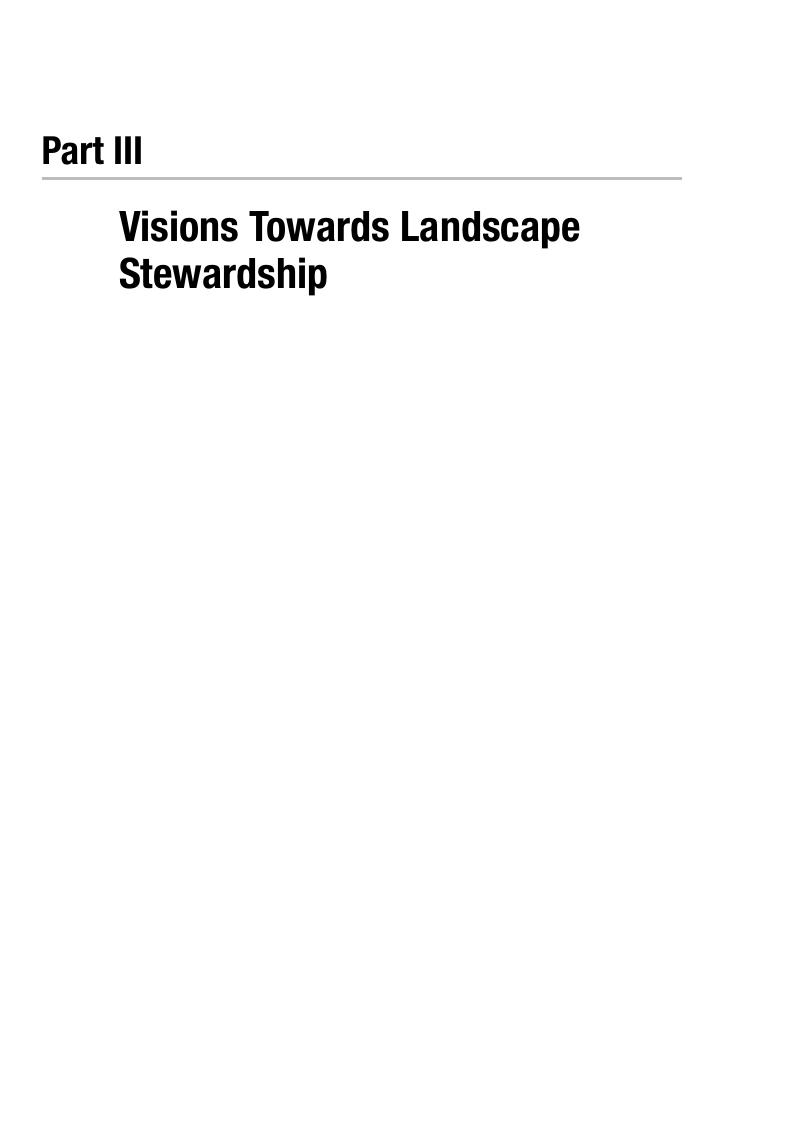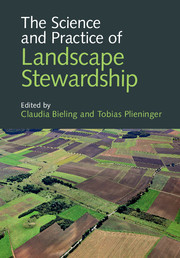Book contents
- The Science and Practice of Landscape Stewardship
- The Science and Practice of Landscape Stewardship
- Copyright page
- Contents
- Contributors
- Preface
- 1 The Emergence of Landscape Stewardship in Practice, Policy and Research
- Part I Foundations of Landscape Stewardship
- Part II Landscape Stewardship on the Ground
- Part III Visions Towards Landscape Stewardship
- Index
- References
Part III - Visions Towards Landscape Stewardship
Published online by Cambridge University Press: 05 July 2017
- The Science and Practice of Landscape Stewardship
- The Science and Practice of Landscape Stewardship
- Copyright page
- Contents
- Contributors
- Preface
- 1 The Emergence of Landscape Stewardship in Practice, Policy and Research
- Part I Foundations of Landscape Stewardship
- Part II Landscape Stewardship on the Ground
- Part III Visions Towards Landscape Stewardship
- Index
- References
Summary

- Type
- Chapter
- Information
- The Science and Practice of Landscape Stewardship , pp. 309 - 382Publisher: Cambridge University PressPrint publication year: 2017



